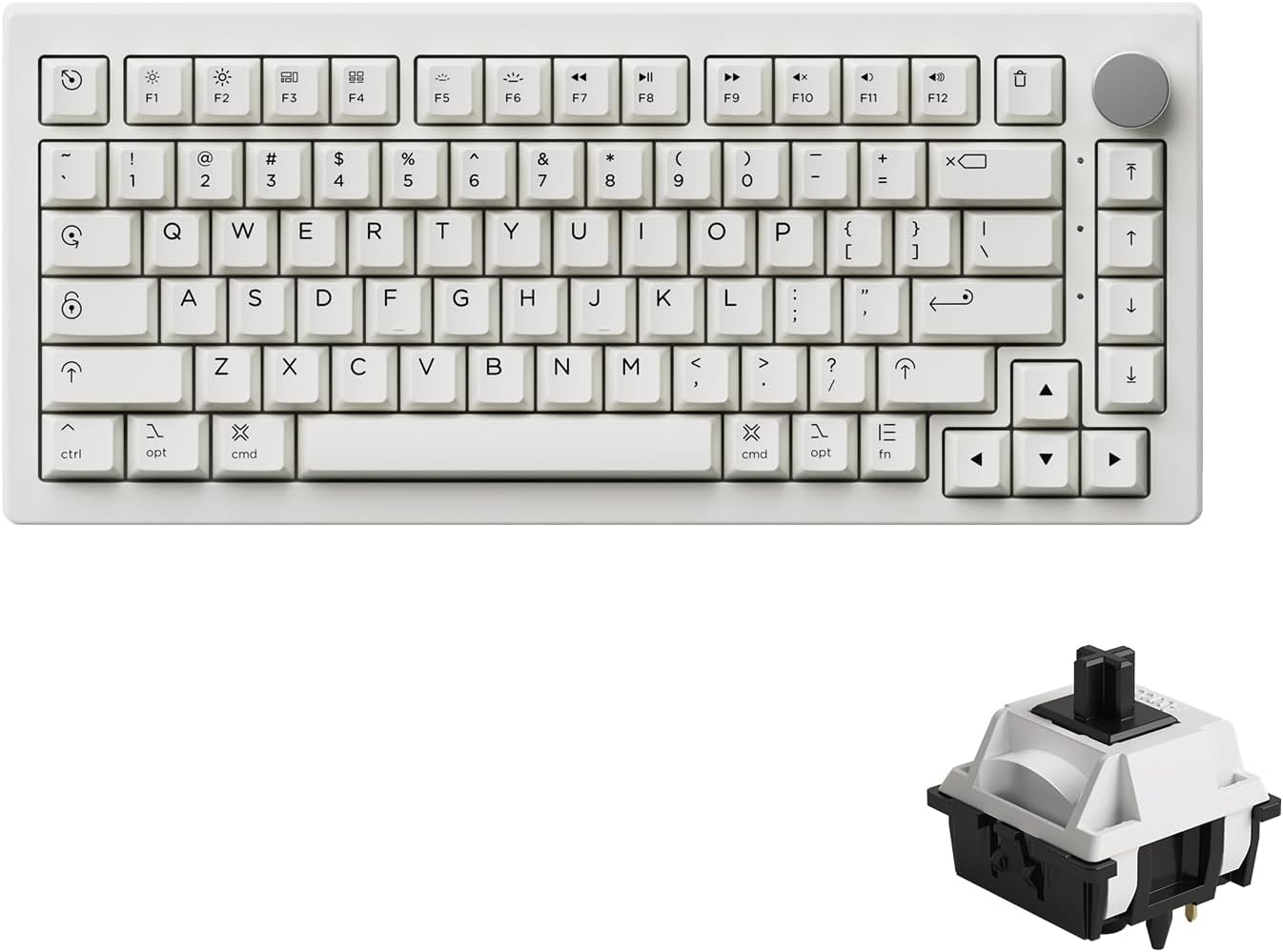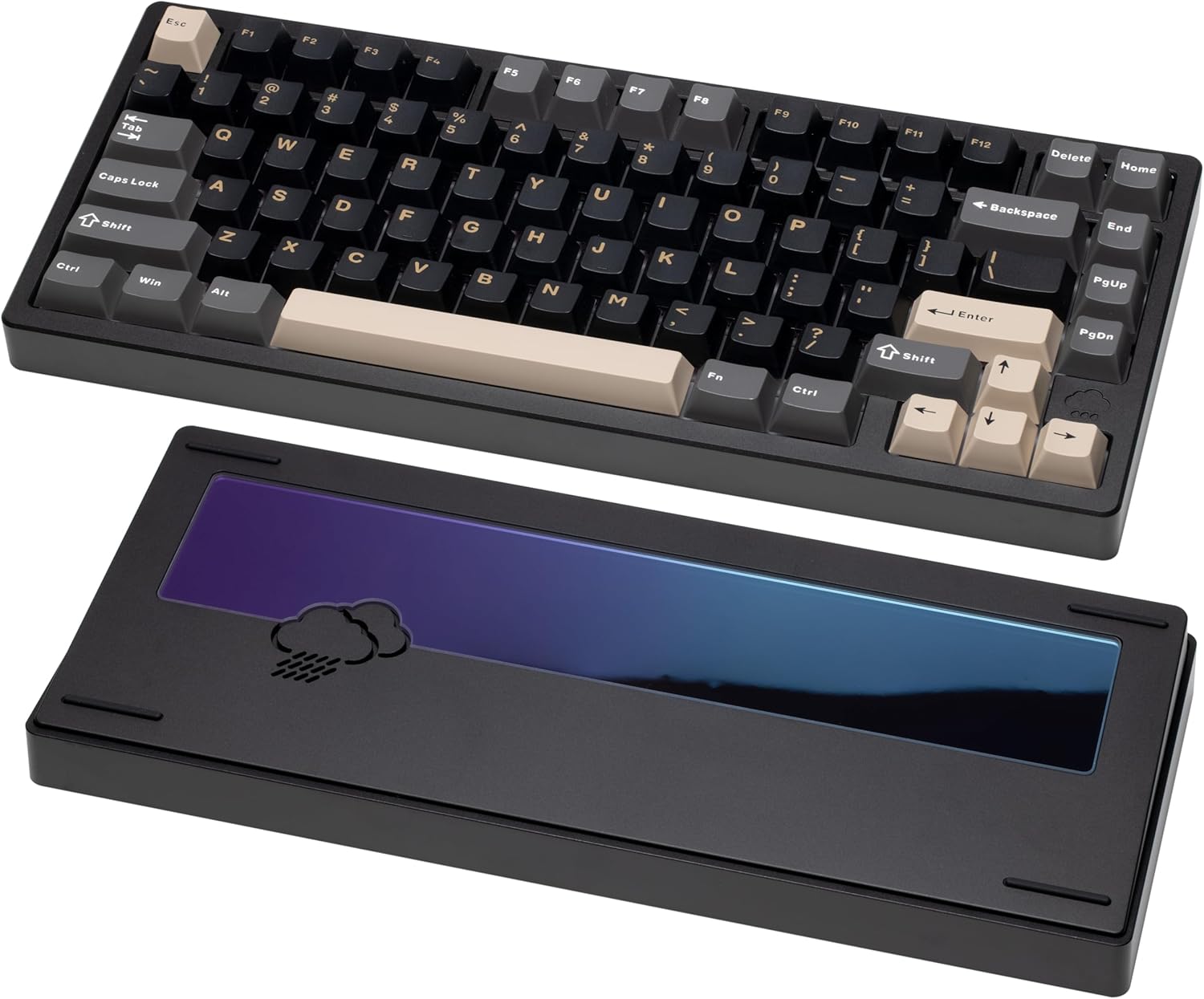Mechanical Keyboard Customization Tips for Beginners
So, you’ve got yourself a mechanical keyboard – welcome to the club! But the journey doesn't end there. One of the coolest things about mechanical keyboards is how customizable they are. This guide will walk you through some beginner-friendly customization tips to make your keyboard truly your own. Let’s dive in!
Understanding Mechanical Keyboard Basics
Before we start swapping keycaps and switches, let's cover some basics. Mechanical keyboards differ from membrane keyboards because they use individual mechanical switches under each key. These switches provide tactile feedback and a more satisfying typing experience. Plus, they're much more durable!
Keycaps: The First Point of Customization
Keycaps are the easiest thing to change on your keyboard. They come in various materials, profiles, and designs. Common materials include ABS and PBT plastic.
- ABS Keycaps: These are typically cheaper and have vibrant colors, but they can become shiny over time.
- PBT Keycaps: PBT keycaps are more durable, resistant to shine, and often have a textured feel. Many enthusiasts prefer PBT for its longevity.
Profiles refer to the shape and height of the keycaps. Some popular profiles include:
- OEM Profile: A standard, sculpted profile that’s common on many keyboards.
- Cherry Profile: Similar to OEM but slightly shorter.
- SA Profile: Tall, sculpted keycaps that give a retro look.
- DSA Profile: Uniform height, giving a minimalist aesthetic.
Consider getting a set of Akko 5075B Plus Air keycaps to give your keyboard a fresh, Mac-inspired look. The Akko 5075B Plus Air is a Mac-themed, 75% wireless mechanical keyboard featuring hot-swappable sockets and durable PBT dye-sub keycaps. It supports tri-mode connectivity (Bluetooth 5.0, 2.4GHz, and USB-C) and includes a programmable RGB backlight with per-key effects. A customizable knob lets you adjust brightness, volume, or other functions using the Akko Cloud Driver.
 Check Price on Amazon
Check Price on Amazon
Switches: The Heart of Your Keyboard
The switches are what define the feel and sound of your mechanical keyboard. There are three main types:
- Linear Switches: Smooth and consistent with no tactile bump. Popular choices include Cherry MX Red and Gateron Yellow.
- Tactile Switches: Provide a noticeable bump when the key is actuated. Cherry MX Brown and Holy Panda are common tactile switches.
- Clicky Switches: Similar to tactile switches but with an audible click. Cherry MX Blue is the most well-known clicky switch.
Hot-Swappable Keyboards
If you're new to mechanical keyboards, consider getting a hot-swappable keyboard. These keyboards allow you to easily change switches without soldering. Keyboards like the EPOMAKER EA75 and Keychron K2 HE are excellent choices.
 Check Price on Amazon
Check Price on Amazon
 Check Price on Amazon
Check Price on Amazon
The EPOMAKER EA75 is a 75% mechanical keyboard with 81 keys, featuring tri-mode connectivity (wired, Bluetooth, and 2.4GHz) and a versatile rotary knob. It offers a smooth and quiet typing experience with factory-lubed switches, a gasket-mounted design, and multiple layers of sound dampening. With vibrant RGB lighting and hot-swappable compatibility, it's a great choice for both productivity and casual gaming.
The Keychron K2 HE is a high-performance 75% mechanical keyboard featuring Hall-Effect Gateron double-rail magnetic switches, allowing for ultra-responsive input and customizable actuation as low as 0.1 mm. It supports 2.4GHz wireless (with a 1000Hz polling rate), Bluetooth 5.2, and USB-C connectivity, along with QMK/VIA programmability and hot-swappability for magnetic switches. With a sleek aluminum and wood frame, gasket-mounted design, double-shot PBT keycaps, and a long-lasting 4000mAh battery, it's built for both serious gaming and refined typing.
Stabilizers: Reducing Rattle
Stabilizers are used on larger keys like the spacebar, Shift, Enter, and Backspace to prevent them from wobbling. Stock stabilizers can sometimes be rattly, but you can improve them by:
- Clipping: Clipping the stabilizer stems can reduce friction.
- Lubing: Applying grease to the stems and housings can dampen noise.
- Replacing: Upgrading to higher-quality stabilizers like Durock or Cherry stabilizers.
Advanced Customization
Ready to take it to the next level? Here are some more advanced customization options.
Keyboard Layouts
Different layouts can significantly impact your typing experience. Common layouts include:
- Full-size (104/108 keys): Includes a number pad.
- Tenkeyless (TKL): Omits the number pad for a more compact design.
- 75%: Compact, but retains function keys.
- 65%: Even more compact, usually without function keys.
- 60%: The most compact, often requiring the use of function layers.
The AULA F99 is a compact 96% mechanical keyboard featuring tri-mode connectivity—Bluetooth 5.0, 2.4GHz wireless, and USB-C—paired with a powerful 8000mAh battery for extended use. Its gasket-mounted structure, five-layer sound dampening, and pre-lubed linear switches offer a soft, responsive typing experience with rich acoustics. Hot-swappable switch sockets, vibrant per-key RGB lighting, and customizable macros make it a versatile choice for both typists and gamers.
 Check Price on Amazon
Check Price on Amazon
Dampening Material
Adding dampening material inside your keyboard case can reduce noise and improve the acoustics. Materials like neoprene foam, shelf liner, or even specialized keyboard foam can be used.
Custom Cables
A custom coiled cable can add a personalized touch to your setup. These cables come in various colors and patterns.
The Case
The case of your keyboard can also be customized. You can paint it, wrap it, or even replace it with a custom-made case. Consider the Wobkey Rainy75. The Wobkey Rainy75 is a minimalist mechanical keyboard built for a premium typing experience, featuring a solid aluminum case, five-layer acoustic dampening, and a gasket-mounted design for soft, quiet keystrokes. It offers tri-mode connectivity—Bluetooth, 2.4GHz wireless, and USB-C wired—making it adaptable for any setup. With hot-swappable switches, south-facing RGB lighting, and high-quality keycaps, the Rainy75 delivers a refined, customizable experience ideal for both work and play.
 Check Price on Amazon
Check Price on Amazon
Tips and Tricks
- Start Small: Don't try to do everything at once. Begin with keycaps or switches and gradually explore other customizations.
- Research: Read reviews and watch videos to learn about different products and techniques.
- Experiment: Don't be afraid to try new things and see what works best for you.
- Join Communities: Online communities like Reddit's r/MechanicalKeyboards are great resources for inspiration and advice.
Conclusion
Customizing your mechanical keyboard is a fun and rewarding experience. Whether you're swapping keycaps, changing switches, or adding dampening material, there are endless ways to personalize your keyboard and make it truly your own. So, what are you waiting for? Start exploring and create your perfect keyboard today!
What are your favorite keyboard customization tips? Share your thoughts in the comments below!
Mechanical Keyboard Starter Guide
Ever wanted to learn about or build your own mechanical keyboard? This guide will show you everything you need to know.
Learn More